The future of customer engagement
 Image: Shutterstock
Image: Shutterstock
Gaining a competitive advantage in one’s market used to be fairly straightforward. Build a good product or service, find the right price point and put out the occasional advertisement, and you were golden. However, enterprises have their work cut out for them in the cutthroat landscape of the 21st century. The wide variety of products, services and communication channels, combined with the increasing irrelevance of geography has made the world a battleground for brands hoping to not only survive but also thrive in their respective industries.
Research conducted by Frederick Reichheld of Bain & Company found that increasing customer retention rates by 5% can lead to a 25% to 95% increase in an organisation’s profits. Combine this with the fact that acquiring a new customer can cost five times more than retaining an existing one, and it’s a no-brainer why businesses are banking on building customer engagement and loyalty. This, however, has proved to be easier said than done – a KPMG survey from 2018 found that 46% of Indian CEOs consider engaging with millennials via digital channels a challenge. If used correctly, though, digital tools and emerging technologies can be the key drivers of a firm’s engagement strategy and consequently, its success. Here are a few of the ways in which technology can keep customers coming back for more:
Catering to the Always Online Generation
The most basic requirement of customer engagement is being available to existing and prospective customers. Downtime can kill any momentum that a company is gaining and lead to a significant number of lost sales. This is especially true in the present scenario, where time and geography have becoming increasingly irrelevant, and organisations are expected to serve their customers round the clock. Security breaches, limited storage capacity and inadequate web maintenance can negate any positive impact that a brand’s marketing and CRM activities may have made. It’s no surprise, then, that an increasing number of businesses are switching to cloud storage, which ensures that you don’t lose any customers because of disrupted operations.
Personalisation? No Problem
Personalisation is considered the pinnacle of customer engagement. However, hyper-targeted marketing campaigns are most commonly associated with a hefty price tag, which can be brought down considerably with the right technologies. Big data and analytics solutions can be used to zero in on the right medium, geography, communication and even time to attract a particular set of customers. These insights can be used to optimise a company’s spending on analytics, marketing and communication, with a lower cost and higher ROI on targeted activities than an undifferentiated campaign.
The Simplicity of Scaling
Consider this: Your targeted marketing campaign was a hit, and you now have more orders flowing in than ever before. This is a good thing, unless you are unprepared to deal with the surge in demand. It’s not uncommon to hear about CTOs and CIOs scrambling to procure and prepare the right infrastructure so that they can strike while the iron is hot. Unfortunately, this isn’t always possible, and businesses consequently lose out on major opportunities. Emerging technologies like the cloud have the distinct advantage of being completely scalable and resilient, so you don’t miss out on a gold rush. Conversely, if you ever find yourself in a position where you need to scale down, that is just as seamless and effortless as adding capacity!
The Human Element
Technology is an integral part of customer engagement. However, it cannot replace the creativity of the human mind when it comes to devising and executing plans to engage customers. However, what technology and automation can do is help free up your staff from many of the mundane tasks that keep them from innovating and tapping into their creativity. Using the cloud as an example, all reputed vendors come with the added benefit of a highly specialised staff, which can save you the effort of recruiting, training and maintenance. Liberty from these chores will allow your employees to innovate, and meet their potential, which will spell certain success for your enterprise!



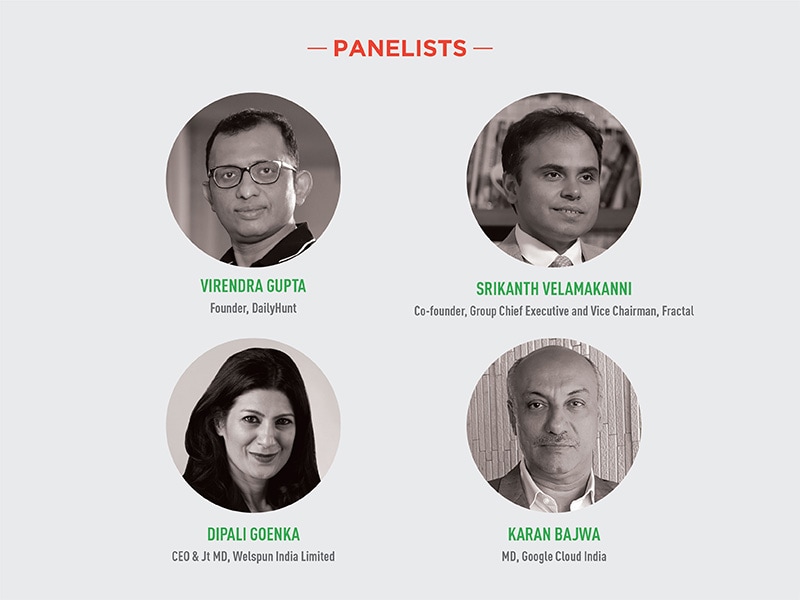
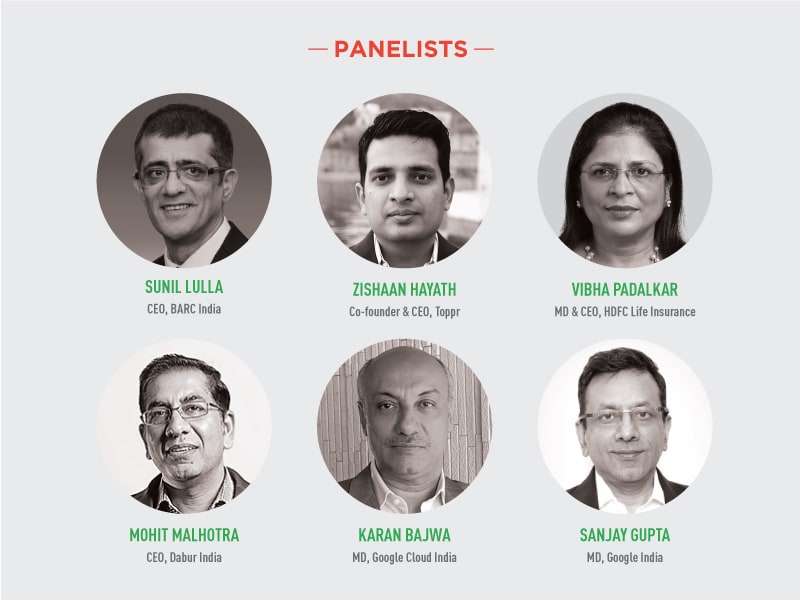
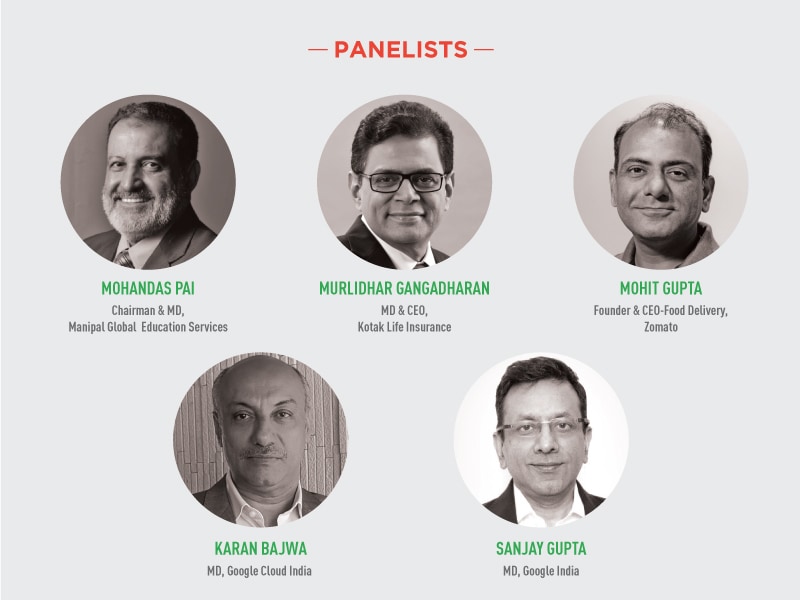
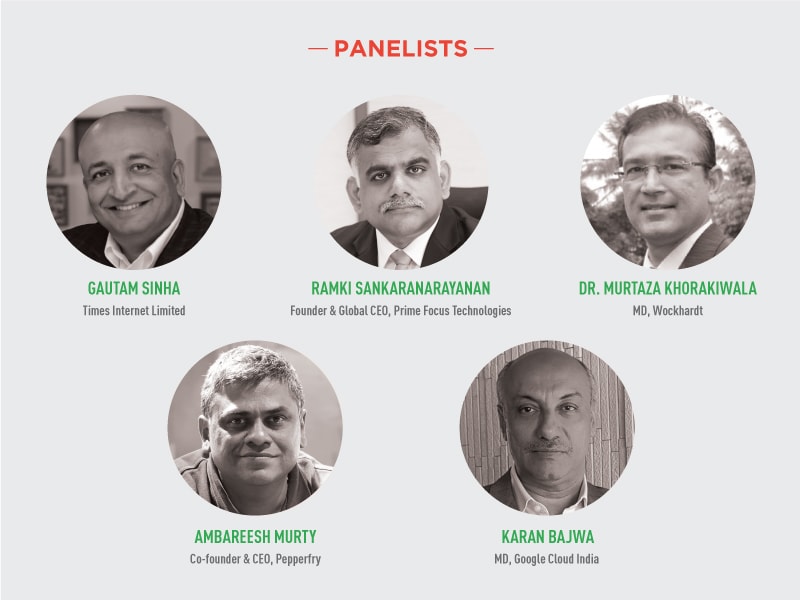
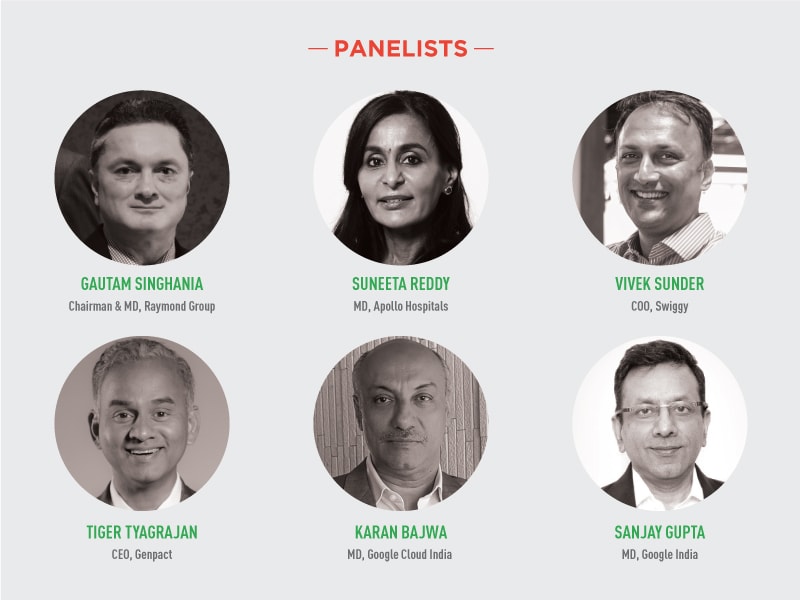
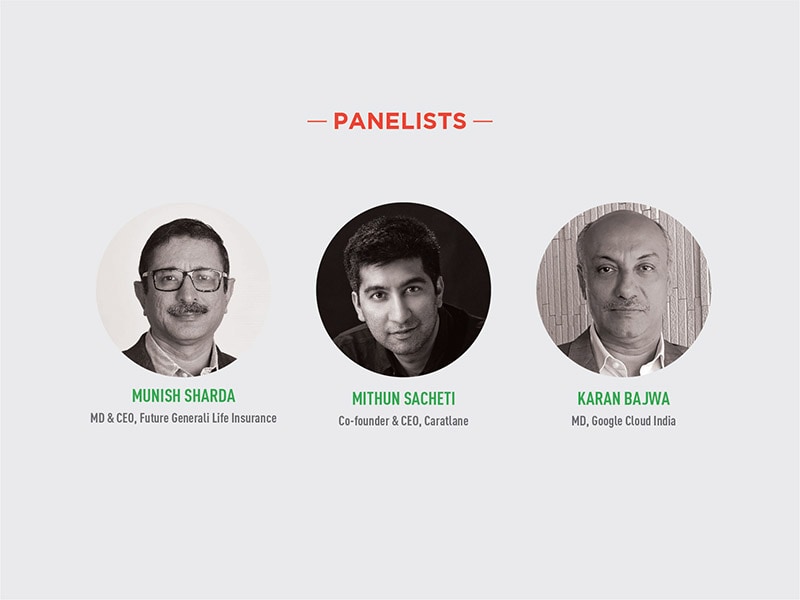
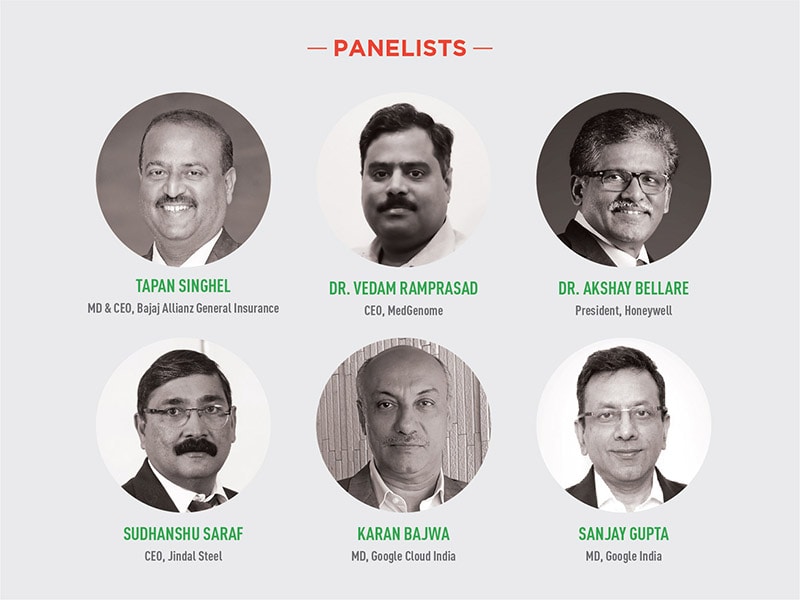
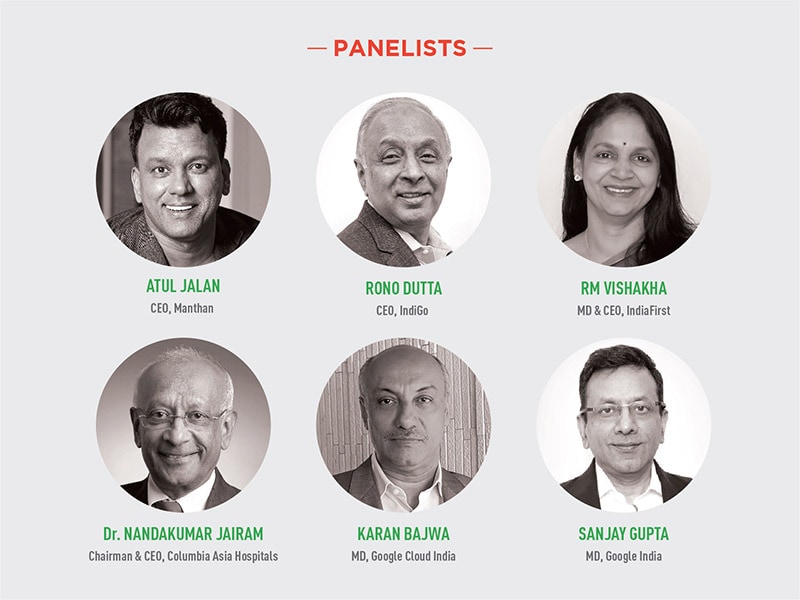
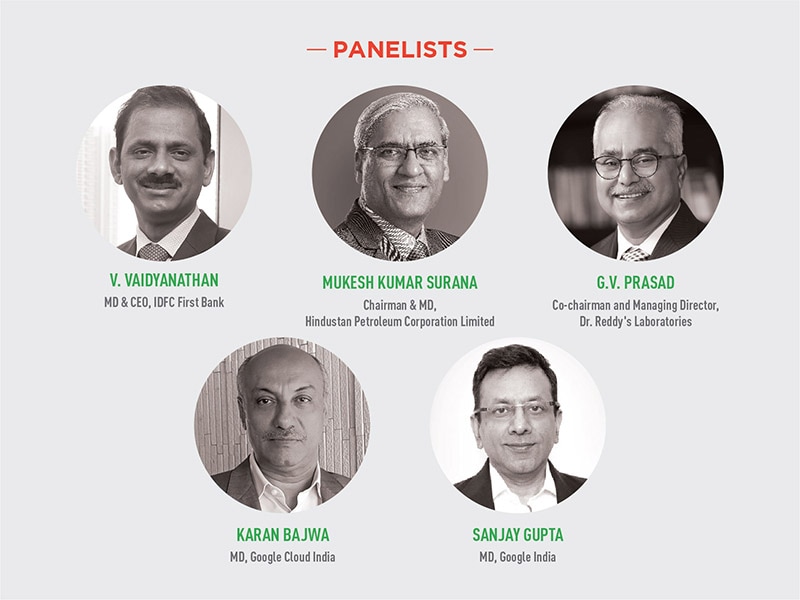
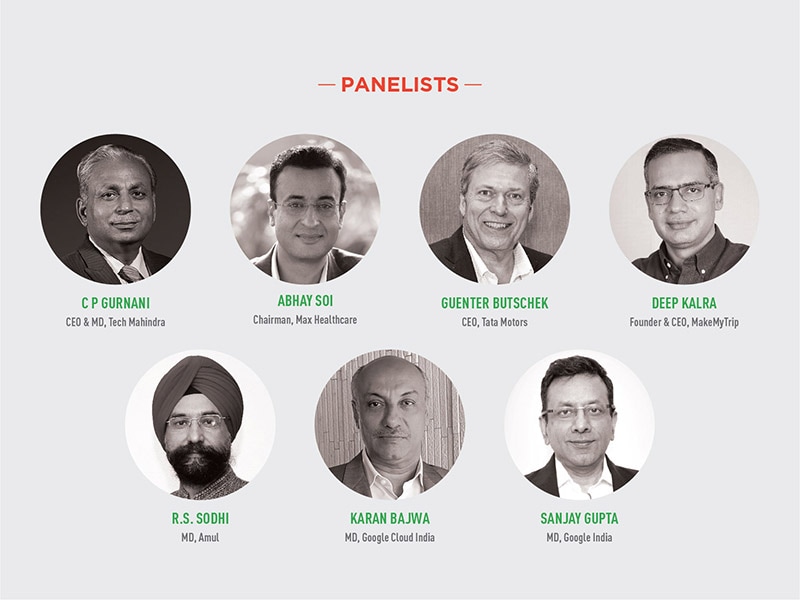
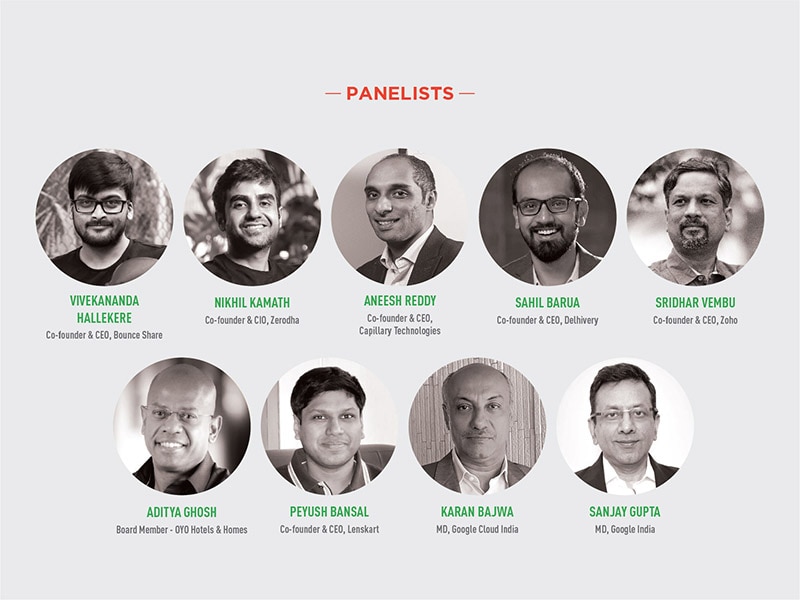

.jpg)

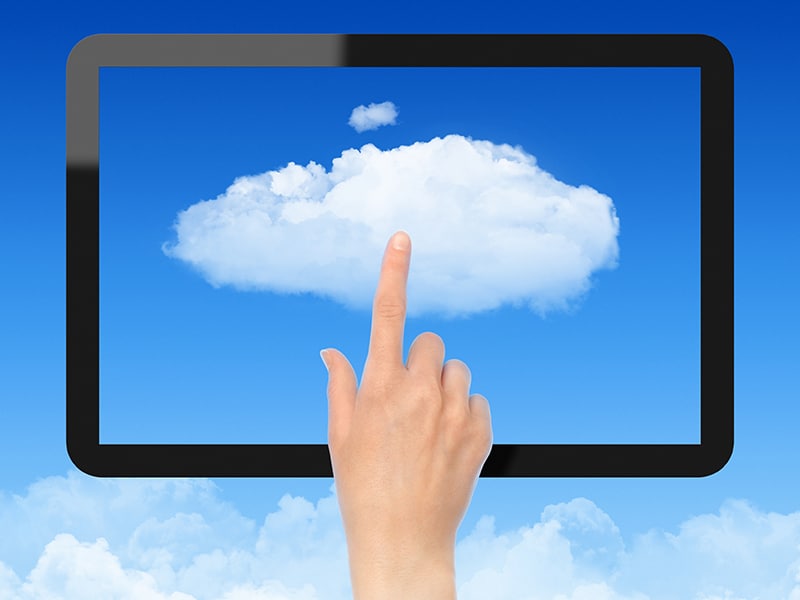




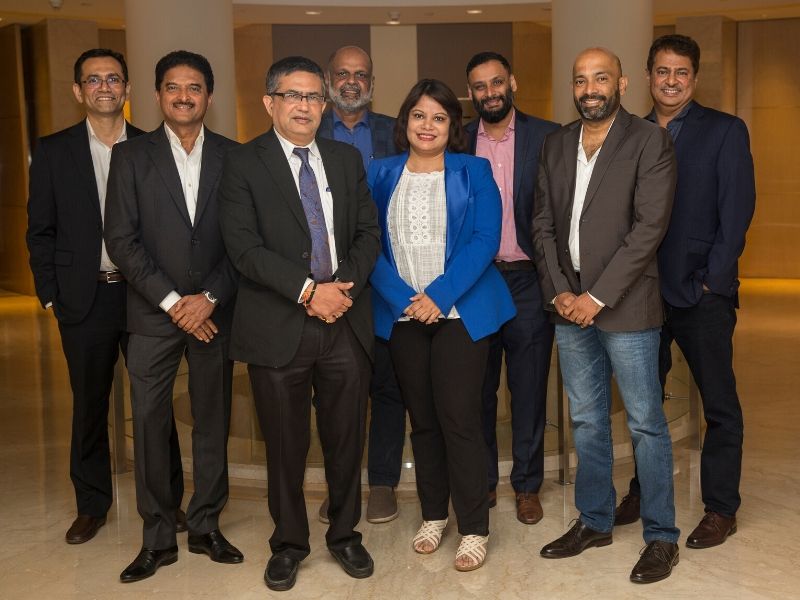




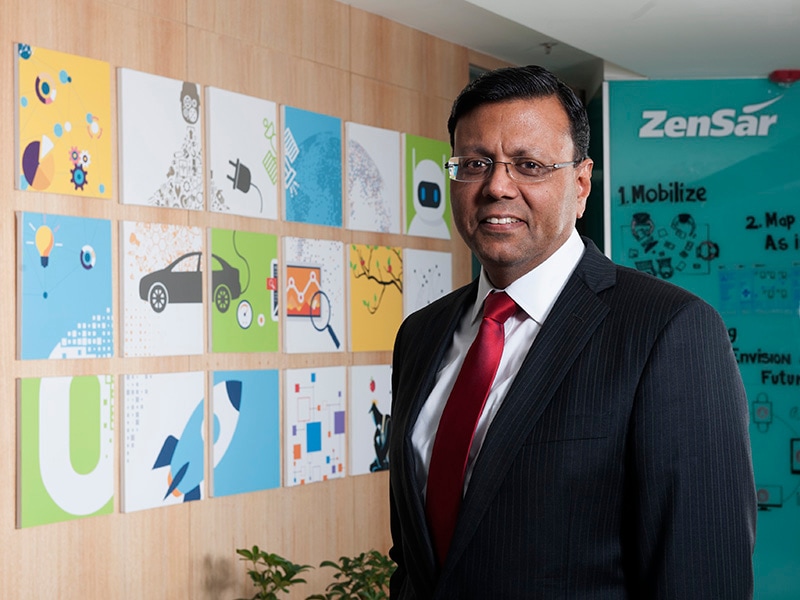
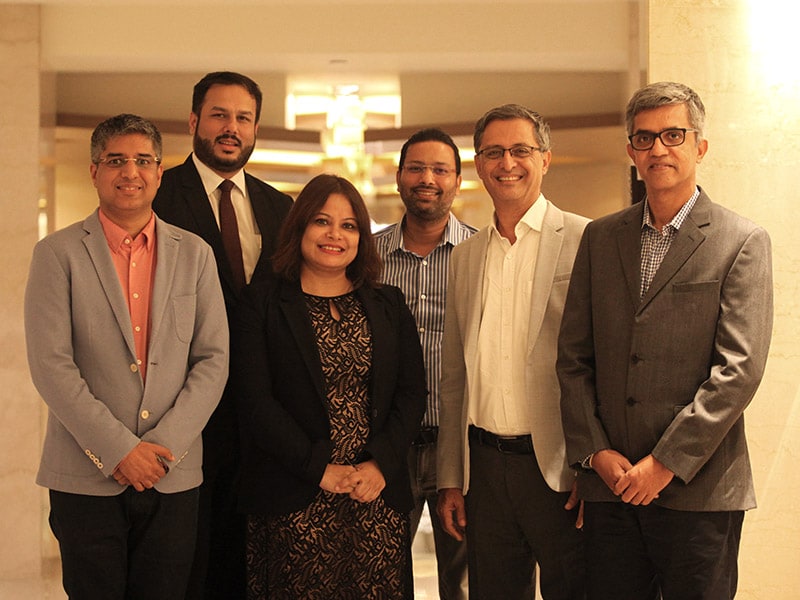
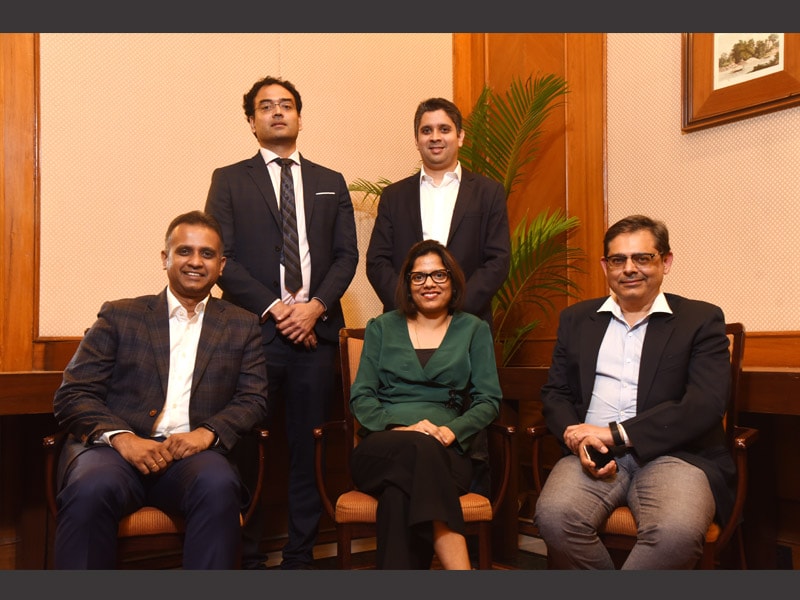




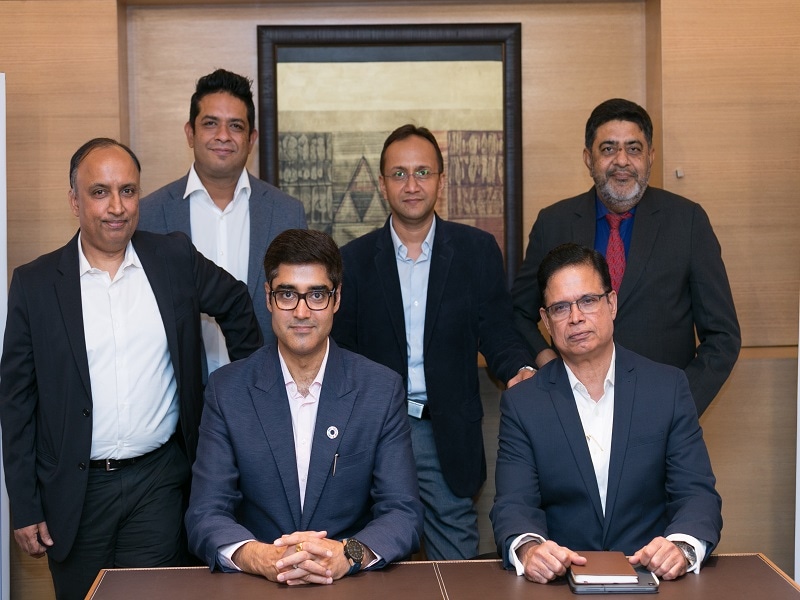


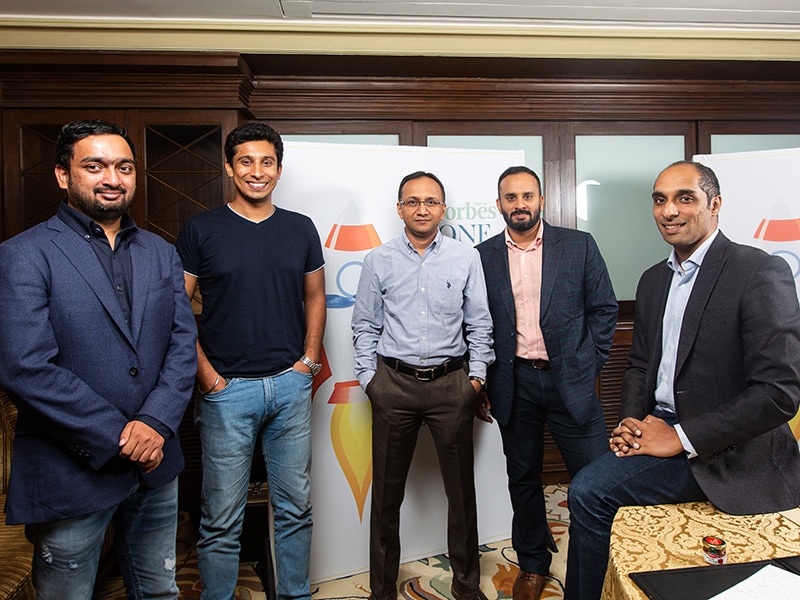

.jpg)






